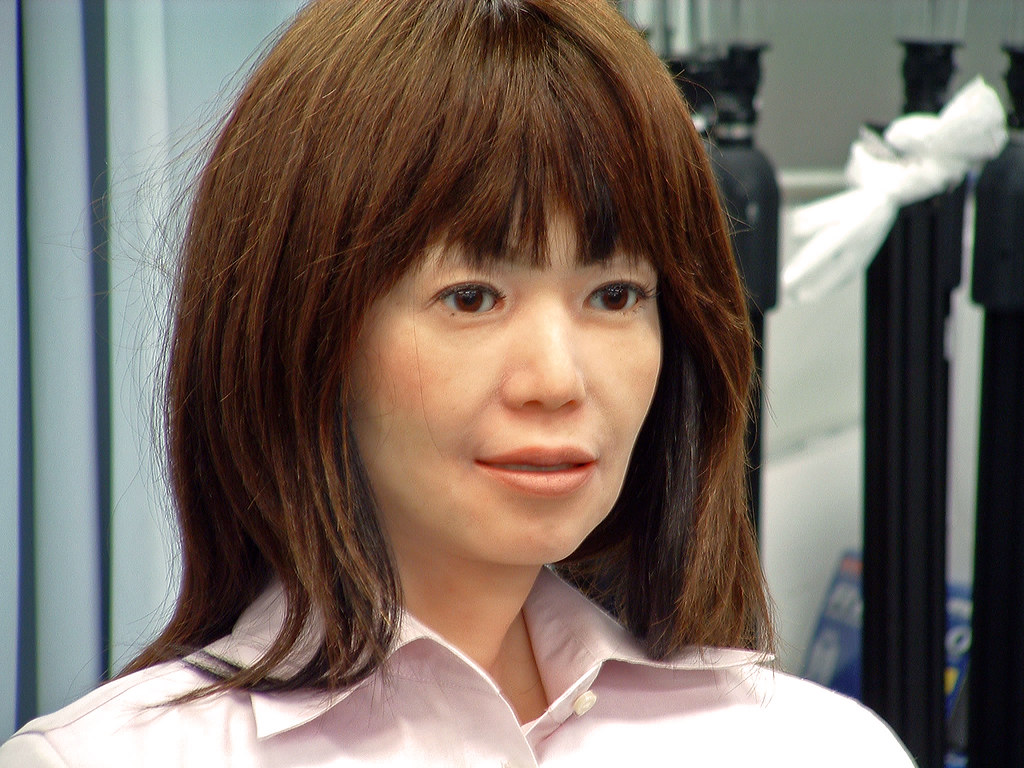Uncanny Valley is a phenomenon that went viral on social media platforms in November of 2023. The multitude of videos featuring an unsettling musical tune and strange face makeup got me interested in the origins of the trend. The idea of ‘Uncanny Valley’ is the psychological relation to an object’s human resemblance and the emotional response following. The theory is most commonly related to robotics, and it thrives off of human-robot interaction. A robotics professor Masahiro Mori first introduced the topic, with his original hypothesis stating that the human-likeness of a robot is a fine line to tread on. Mori observed that as the appearance of the robot became more similar to a human, the feelings elicited were positive. That was, however, until the robot appeared too human-like, which then led to negative and repulsive feelings. Oddly enough, when the robot began to appear less distinguishable from a human, the positive feelings returned, hence creating the “valley” of emotions felt by humans in relation to human-like objects. The look and behavior of robots that falls in the category of “somewhat” and “fully” human is what creates the uncanny valley effect, eliciting contradicting thoughts from interactors. While this theory has been speculated for quite some time, it has only recently made itself relevant on various social media platforms. Users took to TikTok to begin creating unsettling videos featuring eerie music and makeup that transformed their face to that of the uncanny. Their behavior, however, is what elicited the “valley” of emotions associated with the robots in Mori’s study. The movements were not entirely human, yet I couldn’t quite put my finger on what was so off, and why I felt so unsettled merely scrolling on a social media feed.

October 23, 2024





Comments by Zoe Whitfield